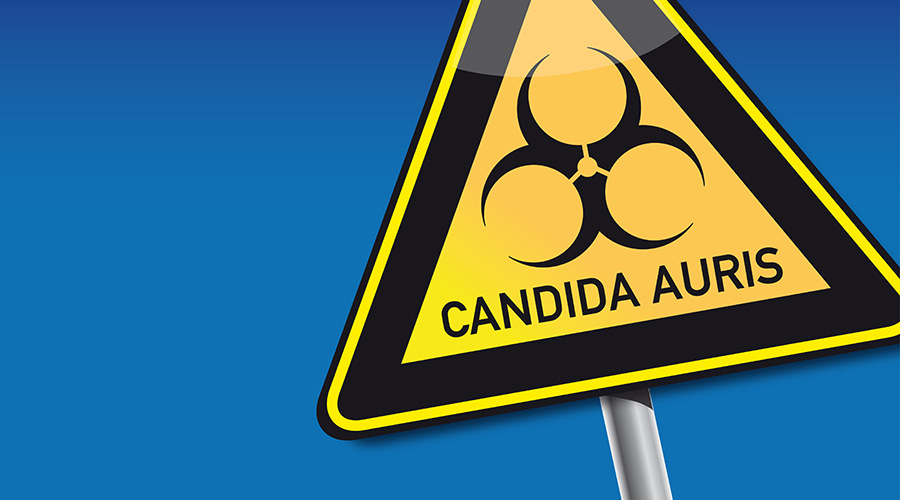Two former patients at UW Medical Center – Northwest tested positive for the drug-resistant fungus Candida auris (C. auris), with one infected and one colonized, according to a press release. No additional cases were found after screening. The source is unclear, but the hospital is partnering with public health officials, notifying other facilities and strengthening infection control and cleaning measures out of caution.
C. auris is a growing concern in healthcare facilities, as it’s both multidrug-resistant, difficult to treat and hard to detect with standard lab methods. Not only that, but it also persists on surfaces for weeks at a time, and standard disinfectants may not work cleaning it. With all that in mind, healthcare facilities must be prepared to implement their infection control protocols.
Related Content: Strategies to Eradicate Biofilm Containing C. Auris
The Centers for Disease Control and Prevention (CDC) says that C. auris can be found on both high-touch surfaces and surfaces far away from a patient. Further complicating things, several common hospital disinfectants are resistant to the fungus. The agency instead recommends using an Environmental Protective Agency-registered hospital-grade disinfectant good against C. auris. It’s also recommended that healthcare facilities follow standard hand hygiene practices.
For hospitals, C. auris patients can be grouped together in a specific unit or part of one unit, according to the CDC. This cuts down on how much movement there is between healthcare staff and equipment to safe zones. Meanwhile, nursing homes and senior care facilities with the capacity to do so can consider putting C. auris patients in single-patient units.
While C. auris remains at a low risk to healthy people, it still poses a real threat to medically complex patients. Healthcare facility managers can reduce the risk of spreading disease by adhering to CDC guidance, reviewing infection control protocols and being watchful for emerging pathogens.
Jeff Wardon, Jr., is the assistant editor of the facilities market.

 Making the Energy Efficiency Case to the C-Suite
Making the Energy Efficiency Case to the C-Suite How to Avoid HAIs This Flu Season
How to Avoid HAIs This Flu Season Design Phase Set to Begin for Hospital Annex at SUNY Upstate Medical
Design Phase Set to Begin for Hospital Annex at SUNY Upstate Medical Building Hospital Resilience in an Era of Extreme Weather
Building Hospital Resilience in an Era of Extreme Weather Ennoble Care Falls Victim to Data Breach
Ennoble Care Falls Victim to Data Breach